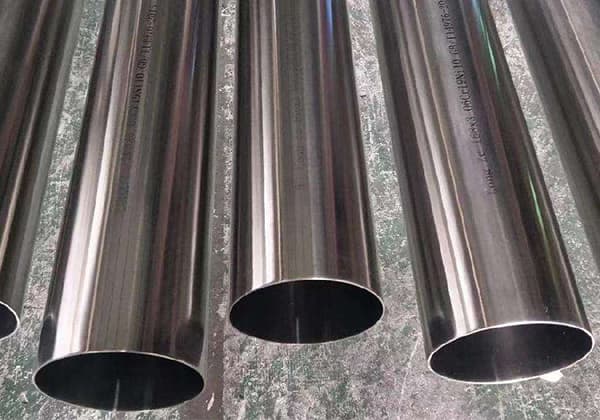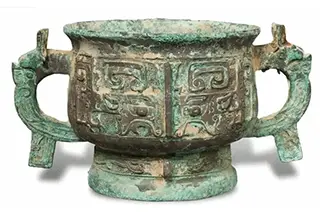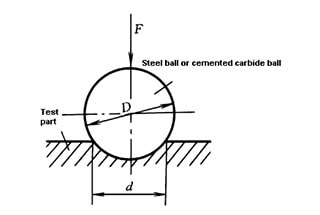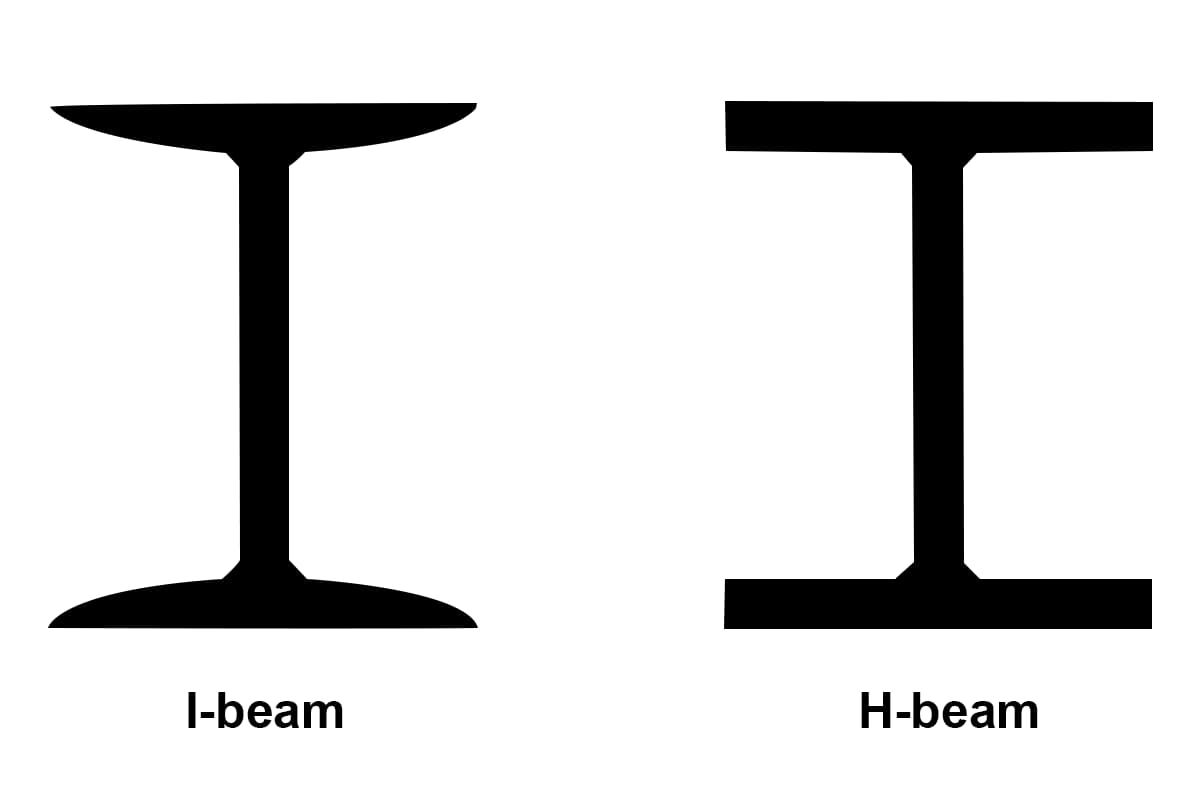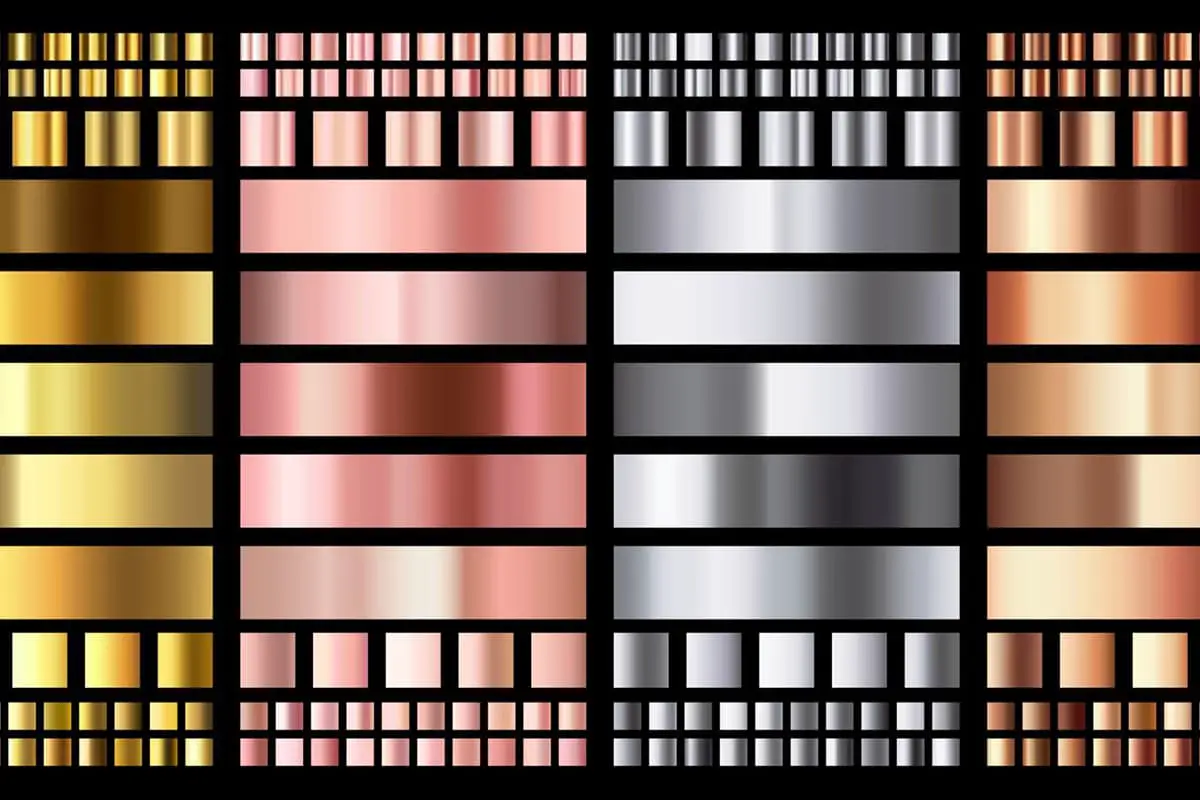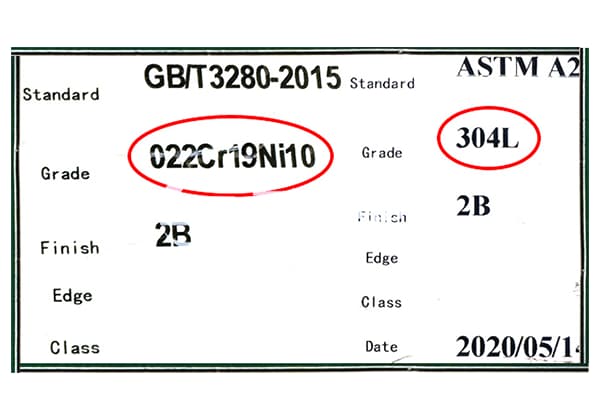
Have you ever wondered about the weight differences between 304 and 316 stainless steel plates? In this blog post, we’ll dive into the fascinating world of stainless steel, exploring the factors that influence plate weight and the calculations involved. Join us as we unravel the mysteries behind these popular materials, providing you with valuable insights to enhance your engineering knowledge.
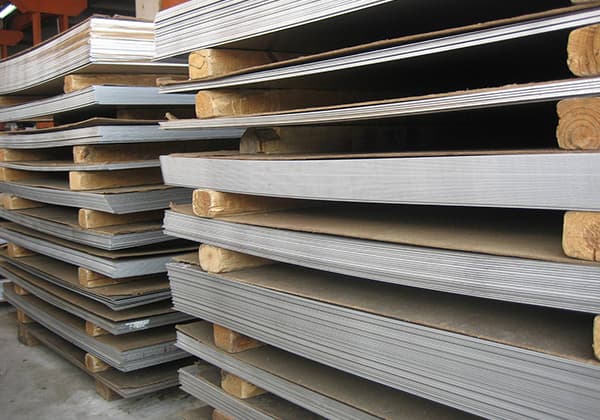
The weight calculation for both 304 and 316 stainless steel can be performed through various formulas, primarily based on the material’s thickness, width, length, and density.
For 304 stainless steel, its theoretical weight can be calculated using the formula “Weight (kg) = Thickness (mm) * Width (mm) * Length (mm) * Density value,” where the density value is 7.93. For instance, for a 304 stainless steel plate that is 2.0mm thick, 1220mm wide, and 2440mm long, its theoretical weight would be 47.2kg.
As for 316 stainless steel, its density is slightly higher than that of 304 stainless steel, coming in at 8.03g/cm³. Therefore, when using the same calculation formula, the density value needs to be adjusted to 8.03 to obtain a more accurate weight. In addition, the density of 316L stainless steel is also 7.93g/cm³, the same as 304 stainless steel.
Regardless of whether it’s 304 or 316 stainless steel, the calculation of its weight depends on the specific dimensions and density values of the material. For flat materials, one can use the formula “Weight (kg) = Thickness (mm) * Width (mm) * Length (mm) * Density value” for calculation, while for materials of specific shapes (like tubing), different calculation methods might need to be employed.
Related calculator:
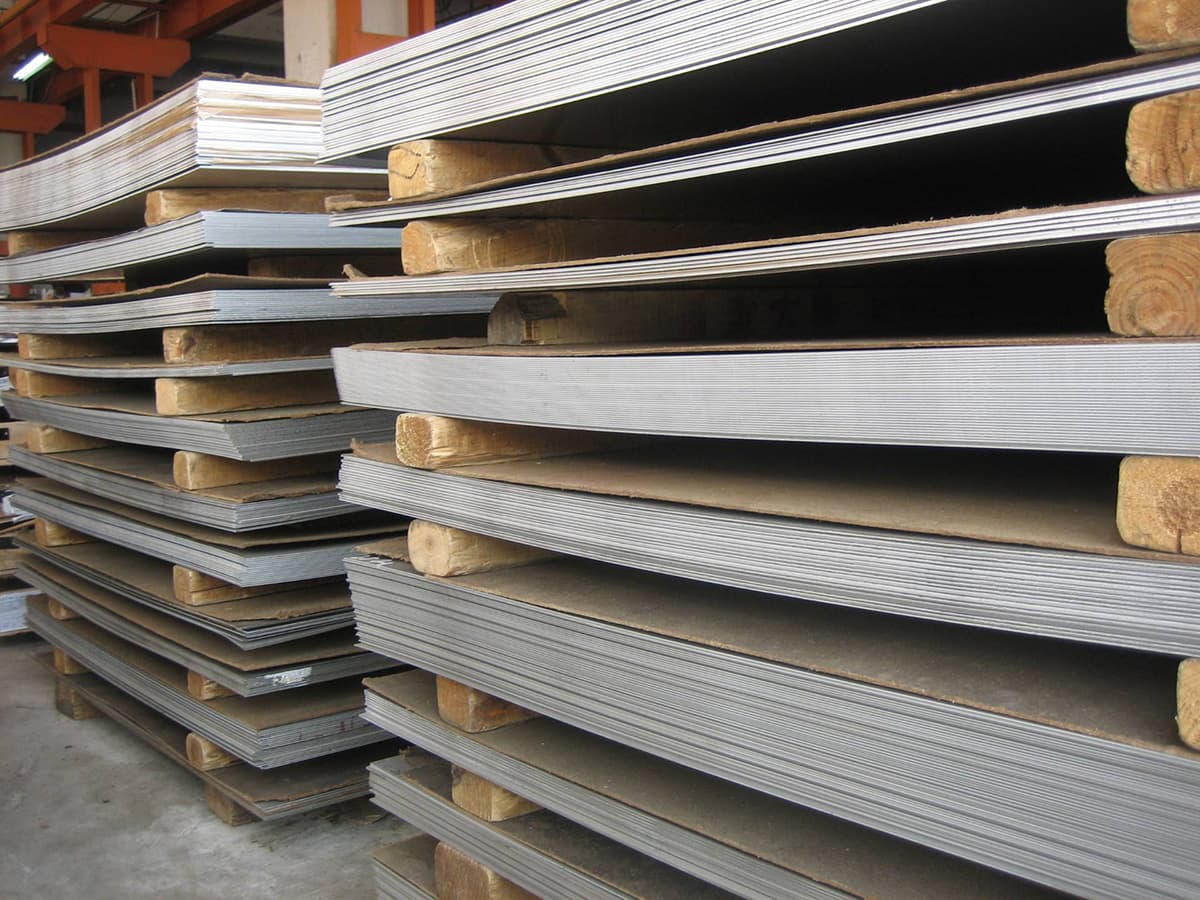
The table below shows the theoretical weight of steel plates per meter, with the density of 304 stainless steel being 7.93g/cm3.
Table 1: Theoretical weight chart of steel plate (material: 304, density: 7.93g/cm3)
| Thickness | Weight /m2 | Weight /m | |||
|---|---|---|---|---|---|
| mm | kg | 1000 mm | 1219 mm | 1500 mm | 2000 mm |
| 0.5 | 3.965 | 3.965 | 4.833 | 5.9475 | 7.93 |
| 0.8 | 6.344 | 6.344 | 7.733 | 9.516 | 12.688 |
| 1 | 7.93 | 7.93 | 9.667 | 11.895 | 15.86 |
| 1.2 | 9.516 | 9.516 | 11.6 | 14.274 | 19.032 |
| 1.5 | 11.895 | 11.895 | 14.5 | 17.843 | 23.79 |
| 2 | 15.86 | 15.86 | 19.333 | 23.79 | 31.72 |
| 2.5 | 19.825 | 19.825 | 24.167 | 29.738 | 39.65 |
| 3 | 23.79 | 23.79 | 29 | 35.685 | 47.58 |
| 4 | 31.72 | 31.72 | 38.667 | 47.58 | 63.44 |
| 5 | 39.65 | 39.65 | 48.333 | 59.475 | 79.3 |
| 6 | 47.58 | 47.58 | 58 | 71.37 | 95.16 |
| 8 | 63.44 | 63.44 | 77.333 | 95.16 | 126.88 |
| 10 | 79.3 | 79.3 | 96.667 | 118.95 | 158.6 |
| 12 | 95.16 | 95.16 | 116 | 142.74 | 190.32 |
| 14 | 111.02 | 111.02 | 135.333 | 166.53 | 222.04 |
| 16 | 126.88 | 126.88 | 154.667 | 190.32 | 253.76 |
The theoretical weight of 316 stainless steel plate per meter is shown in the following table (the density of 316 stainless steel is 8.0g/cm3).
| Thickness | Weight /m2 | Weight /m | |||
|---|---|---|---|---|---|
| mm | kg | 1000 mm | 1219 mm | 1500 mm | 2000 mm |
| 0.5 | 4 | 4 | 4.876 | 6 | 8 |
| 0.8 | 6.4 | 6.4 | 7.8016 | 9.6 | 12.8 |
| 1 | 8 | 8 | 9.752 | 12 | 16 |
| 1.2 | 9.6 | 9.6 | 11.7024 | 14.4 | 19.2 |
| 1.5 | 12 | 12 | 14.628 | 18 | 24 |
| 2 | 16 | 16 | 19.504 | 24 | 32 |
| 2.5 | 20 | 20 | 24.38 | 30 | 40 |
| 3 | 24 | 24 | 29.256 | 36 | 48 |
| 4 | 32 | 32 | 39.008 | 48 | 64 |
| 5 | 40 | 40 | 48.76 | 60 | 80 |
| 6 | 48 | 48 | 58.512 | 72 | 96 |
| 8 | 64 | 64 | 78.016 | 96 | 128 |
| 10 | 80 | 80 | 97.52 | 120 | 160 |
| 12 | 96 | 96 | 117.024 | 144 | 192 |
| 14 | 112 | 112 | 136.528 | 168 | 224 |
| 16 | 128 | 128 | 156.032 | 192 | 256 |
The main differences in the physical and chemical properties between 316L stainless steel and standard 316 stainless steel are as follows:
Carbon Content: The upper limit of carbon content in 316L stainless steel is 0.03%, while for 316 stainless steel it’s 0.08%. The lower carbon content gives 316L stainless steel a lower sensitivity to intergranular corrosion.
Molybdenum Content: The molybdenum content in 316L stainless steel is slightly higher than in 316 stainless steel. The addition of molybdenum enhances the corrosion resistance and mechanical properties of the stainless steel.
Corrosion Resistance: Due to its lower carbon content and appropriate molybdenum content, 316L stainless steel has good resistance to various organic acids, inorganic acids, alkalies, salts, and other mediums. It also has excellent resistance to sensitized intergranular corrosion.
Weldability: 316L stainless steel has good weldability, suitable for multi-layer welding with good post-weld treatment results. In comparison, while 316 stainless steel also has good weldability, 316L, with its ultra-low carbon content, is more capable of avoiding intergranular corrosion during welding.
Mechanical Properties: Although both 316L and 316 stainless steel can meet certain mechanical property requirements, the specific mechanical property parameters (such as tensile strength, conditional yield strength, elongation, etc.) may vary depending on the specific production standards and process conditions.
Compared to standard 316 stainless steel, 316L stainless steel differs in carbon content, molybdenum content, and consequently, its corrosion resistance and weldability. These differences make 316L stainless steel a more optimal material in specific applications, such as those requiring extremely low carbon content to minimize the risk of intergranular corrosion.
The density value of stainless steel materials varies mainly due to the following factors:
Material Composition: The chemical composition of stainless steel significantly impacts its density. For instance, stainless steel with a high nickel content has a greater density than that with a lower nickel content. Moreover, different types of stainless steel, such as chromium stainless steel and chromium-nickel stainless steel, also have different densities.
Manufacturing Process: The method of manufacturing stainless steel also affects its density. Rolled and forged stainless steel have a compact structure, hence a larger density, while cast stainless steel has a less compact structure and may even contain pores, resulting in a smaller density.
Temperature and Pressure: The density of stainless steel is also influenced by factors such as temperature and pressure. Changes in these external conditions can alter the microstructure of the material, thereby affecting its density.

